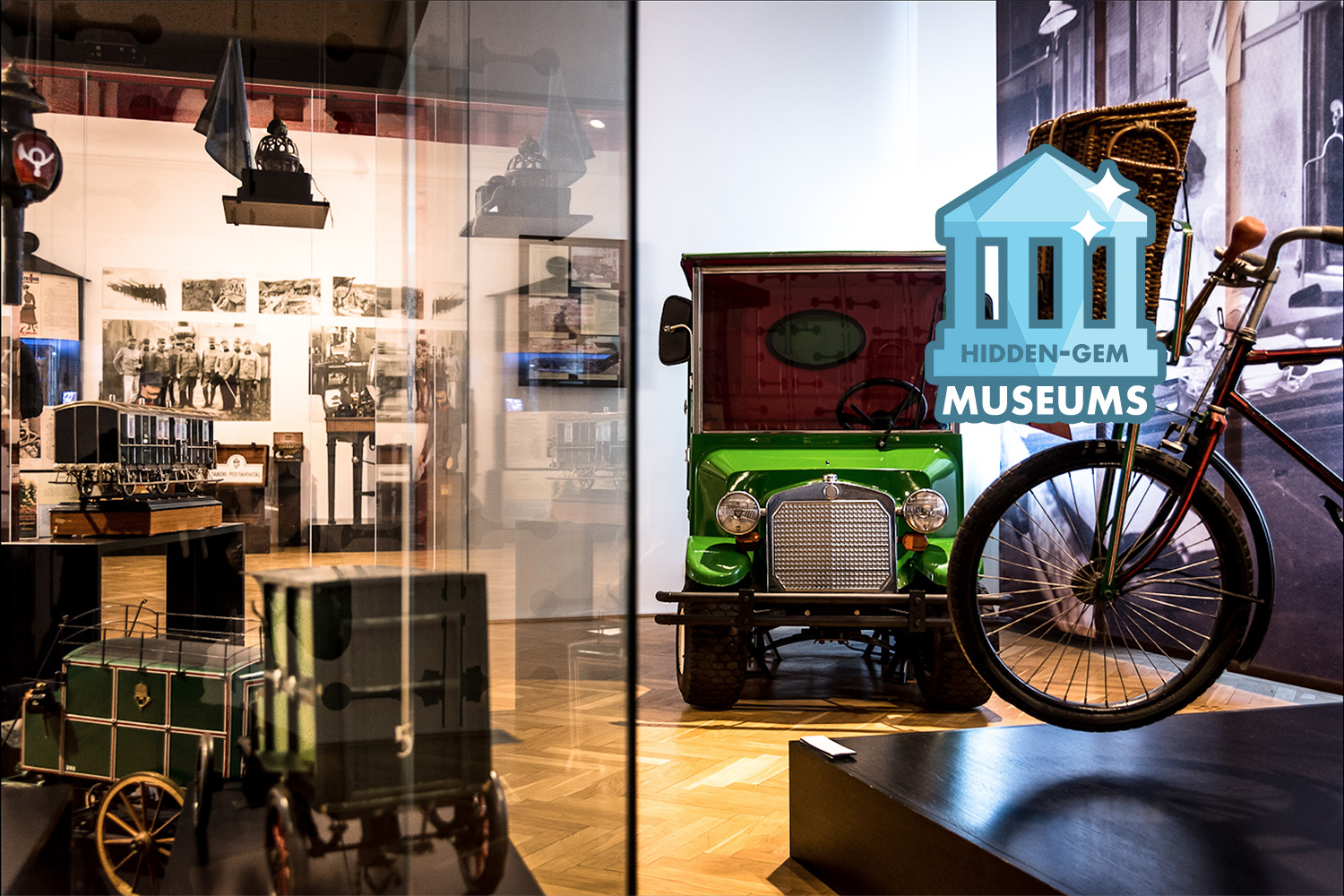Formerly sited within the Saxlehner Palace on majestic Andrássy Avenue, Budapest’s prestigious museum of postal history can now be found on Benczúr Street, a charming downtown side street. The complete collection of the institution is housed in a total of 11 exhibition spaces, with most of them located in various sites around the countryside, but the largest portion of the items on display are at this venerable institution in the capital city.

The museum frequently hosts temporary exhibits to provide visitors with additional insight into the time-honored profession of postal workers, like a recent one about how the Hungarian Royal Mail operated during the years of World War I, when delivering messages between the soldiers and the motherland was a difficult and heroic struggle.

In one room you can learn, among other interesting facts, that the Hungarian postal service was already using automobiles by 1900, and – as a real pioneer – began experimenting with electronic transportation vehicles in 1927, gradually acquiring an entire fleet of such machines.

As an integral component of postal history, telegraphy forms a major part of the local collection. Among the items displayed, you can see a genuine Hughes telegraph, one of the most ancient artifacts owned by the museum, as well as an example of the most famous model created by Morse, which visitors can use to try their hand at this now-unusual messaging system.

The museum provides a wealth of information on the technological novelties of each period, such as the postcard (which Hungary was the first in the world to introduce in 1869), the so-called “American-style” lock, and the revolutionary closed system for mail collection – the tool used for closing the mail bags, which was developed by locksmith Sándor Árkay, was employed in various countries worldwide for a good 130 years.

One of the museum’s most prized possessions is the furniture manufactured in 1893 for the post office in the rural town of
Szentes: the pieces were in use for around a century before making their way into the esteemed collection.The final part of the exhibition tells the story of telephony and radio communication. Visitors can see (or rather hear) for themselves what the once popular, but now extinct “fairy tale service” was like. Launched in 1956, the service was offered for several decades: children all over the country could pick up the receiver to listen to the classic tales of Andersen or Grimm as told by famous Hungarian actors and actresses.

The entire exhibition exudes a clear museological concept. Visitors receive just the right amount of information, with the most relevant details given about each of the carefully selected objects, and the themes and periods explored in each room are distinct and easy to follow. Tucked away off one of Budapest’s main thoroughfares, the Postal Museum is well worth your time if you find yourself in the area.
Postal MuseumBudapest 1068, Benczúr utca 27
Website




